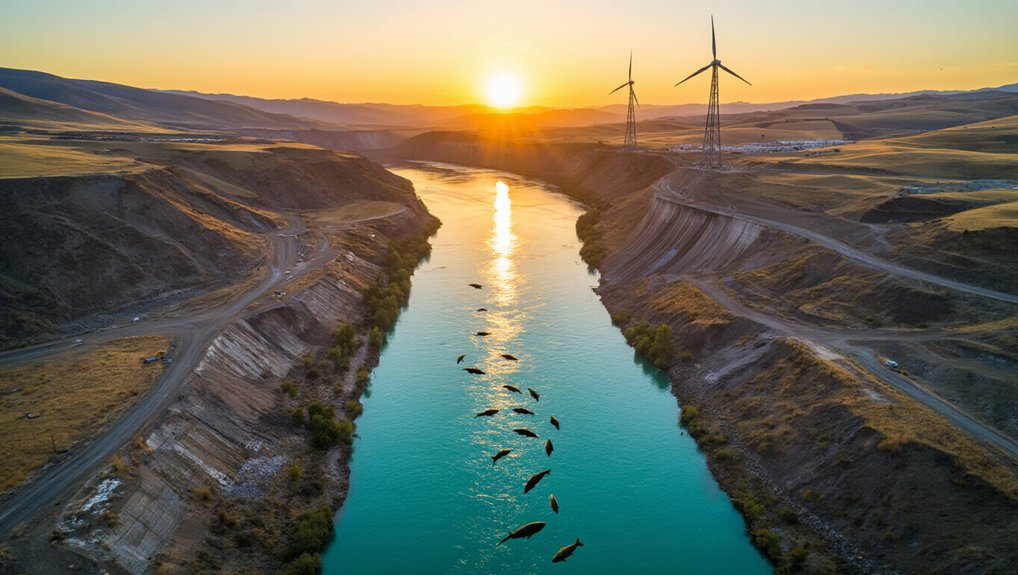Emperor penguins face extinction by 2100 due to rapidly melting Antarctic sea ice. These birds need stable ice platforms for breeding, but climate change is causing catastrophic breeding failures. In 2022, four out of five colonies in the Bellingshausen Sea lost all chicks when ice melted early, drowning 9,000 chicks lacking waterproof feathers. Scientists now track colonies via satellite as warming oceans threaten both penguins and the entire Antarctic ecosystem. The birds’ silence may become permanent.
A crisis unfolds on the frozen edges of Antarctica as emperor penguins face unprecedented threats from rapidly melting sea ice. These majestic birds rely on stable land-fast ice for breeding and raising their young, but climate change is literally melting away their survival chances.
In 2022, scientists documented the first regional breeding failure among emperor penguin colonies. Four out of five colonies in the Bellingshausen Sea lost all their chicks when sea ice broke up too early. About 9,000 chicks died because they hadn’t yet developed waterproof feathers needed for ocean survival.
A catastrophic loss unfolded when sea ice vanished too soon, claiming 9,000 emperor penguin chicks across the Bellingshausen Sea colonies.
This isn’t just a one-time event. A six-year study found that 29% of all emperor penguin colonies (19 out of 66) were affected by early ice loss in 2022. The following year wasn’t much better, with 21.2% of colonies impacted despite even lower overall sea ice. The missing sea ice area in August 2023 was 2.2 million km lower than the historical median, an area larger than Greenland.
The emperor penguin’s life cycle is tightly connected to stable ice conditions. They breed from July to January, requiring solid ice platforms where their chicks can safely grow waterproof feathers. When ice melts too soon, entire generations are lost.
While adult penguins can sometimes relocate colonies after local ice loss, this adaptation strategy fails when entire regions lose suitable ice. Unlike other endangered species, emperor penguins face no significant threats from hunting or habitat destruction – climate change alone drives their decline. With global temperatures at unprecedented highs in 2023, these iconic birds face accelerating threats to their survival.
Current projections paint a grim picture: emperor penguins could be extinct by 2100 if warming trends continue. Models predict over 90% of colonies will be quasi-extinct by century’s end. The alarming record-low levels of Antarctic sea-ice observed throughout 2023 only accelerate this timeline.
The problem extends beyond penguins. Sea ice loss also threatens krill populations – a critical food source for these birds and many Antarctic species. The entire ecosystem faces disruption.
Scientists are now tracking these impacts through satellite monitoring, linking sea ice patterns directly to penguin survival. Without stabilization of Antarctic ice conditions, we may be witnessing the silent disappearance of one of Earth’s most iconic cold-weather species.








